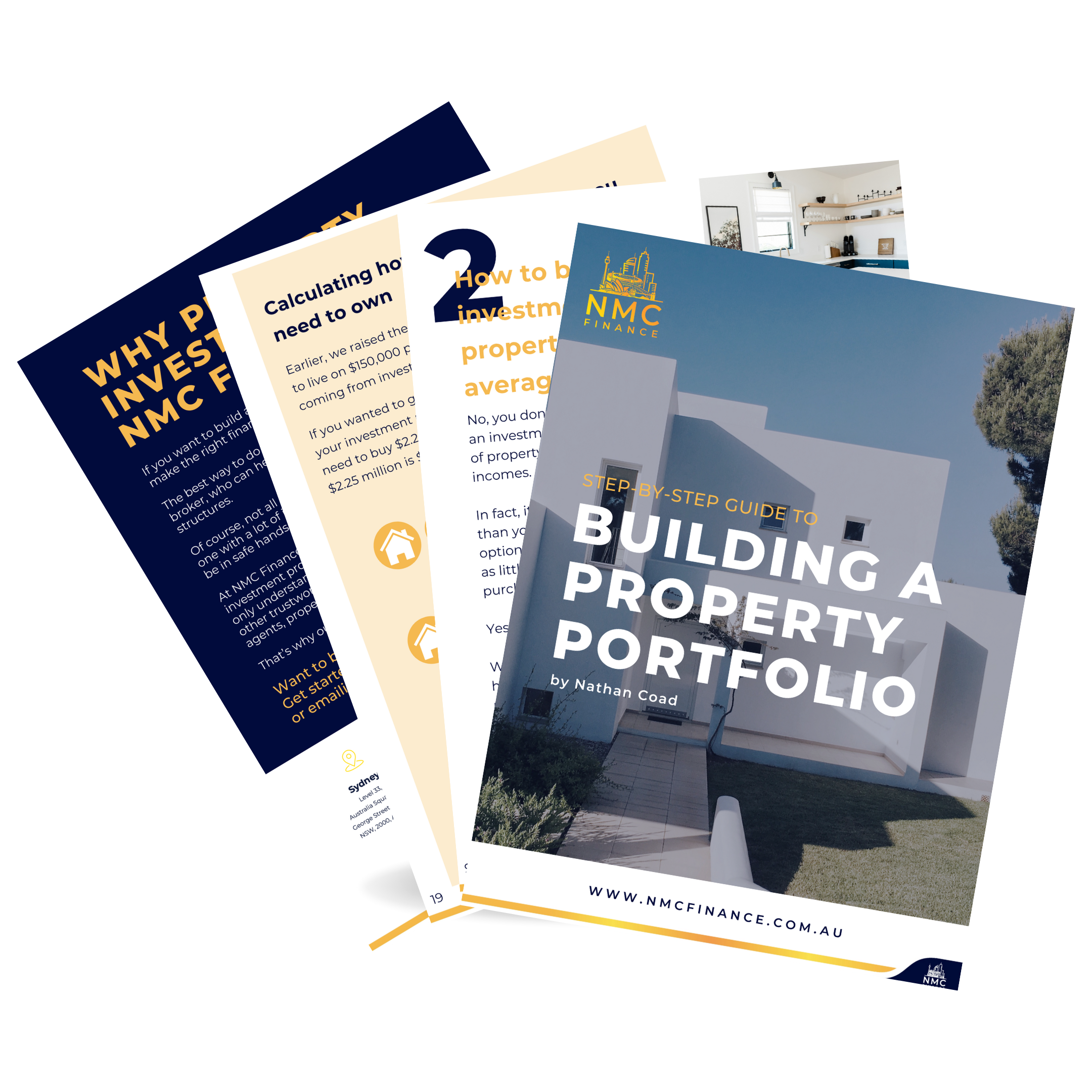Running a business in today’s economy can feel like running on a treadmill that keeps getting faster. Costs are rising, customers are cautious, and even the most organised businesses can find their cash flow stretched.
If you have ever wondered why it feels like money comes in slowly but goes out at lightning speed, you are not alone. This is where smart use of business finance can make all the difference.
Why cash flow is more challenging right now
Every business has its ups and downs with money. But in a high-cost economy, those dips can feel deeper.
Energy bills, rent, wages, materials are all going up. At the same time, customers may take longer to pay or may be spending less themselves.
This does not mean your business is failing. It simply means you are operating in a tougher environment where smoothing out the bumps in your cash flow is more important than ever.
Finance tools that can help
The right finance option can act like a buffer, giving you breathing room when costs spike or payments are delayed. Here are some of the most useful tools:
- Overdrafts and lines of credit
Think of these as a financial safety net. They allow you to cover short-term expenses and repay when cash comes in, without needing to reapply for credit each time. - Invoice finance
Waiting for customers to pay can put you in a tight spot. Invoice finance unlocks a portion of that money up front so you can keep things moving without awkward phone calls chasing payments. - Equipment finance
Buying new tools, vehicles, or tech outright can drain your cash. Equipment finance spreads the cost, leaving your working capital intact for other needs. - Business loans
For bigger projects or longer-term investment, a standard loan can provide the lump sum you need to take action without crippling your day-to-day budget.
Signs you might need a cash flow boost
Sometimes it is obvious that you need help; other times, cash flow strain creeps up slowly. Here are a few signs to watch out for.
- You are regularly dipping into personal savings to keep the business running
- Paying staff or suppliers on time is becoming stressful
- Growth opportunities slip by because you cannot afford to act quickly
- You find yourself lying awake at night worrying about money
Checklist for managing cash flow
Before taking on any finance, ask yourself:
- How urgent is the need? Am I covering a short-term gap or funding a long-term plan?
- Can I comfortably manage repayments without compromising daily operations?
- Which finance option suits my business type? Invoice finance, line of credit, equipment finance, or a business loan?
- Have I explored non-finance options first, such as negotiating supplier terms, improving invoicing, or adjusting pricing?
- Will this improve my business health or simply postpone cash flow pressure?
Going through this checklist helps you make informed decisions that actually solve problems rather than create new ones.
Practical tips beyond finance
While finance can be lifesaving, there are additional steps to improve cash flow without borrowing:
- Invoice promptly and follow up politely to encourage faster payments
- Negotiate with suppliers for longer payment terms where possible
- Review pricing regularly to ensure you are covering costs
- Keep a buffer for unexpected expenses rather than spending every dollar immediately
Even small adjustments can reduce the need for external finance and give you more control.
A high-cost economy can be tough, but the right finance can help you navigate it with confidence. Rather than lurching from one cash flow crisis to another, you can smooth out the bumps and plan with clarity.
If you are unsure which option suits your business, a finance broker can help you weigh up the choices.
With the right support, you can turn the treadmill down to a manageable pace and focus on running your business instead of running out of cash.
This blog is intended for general informational purposes only. For personalised advice tailored to your unique financial situation, please contact NMC Finance.

